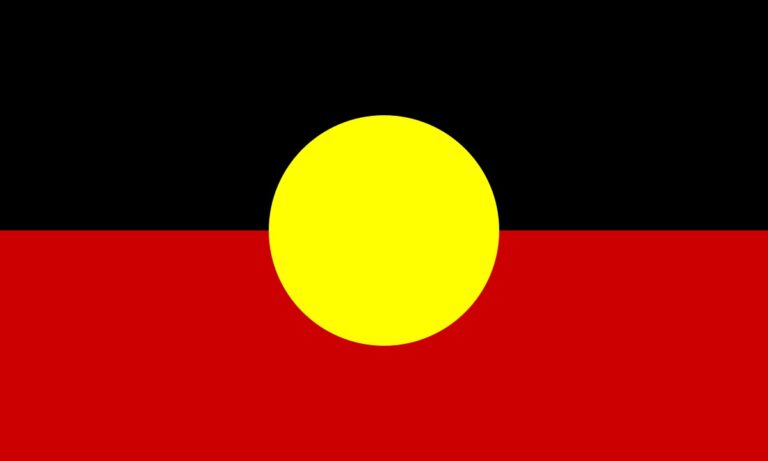If a burglar tells you he’s changed your locks and your home is now safer than ever, do you trust him?
It’s safe to assume most people’s answer to that question would be “no”.
So if the alcohol industry tells you it has introduced new rules that will better protect Australian kids from alcohol marketing, what would your response be?
When the industry-managed Alcohol Beverages Advertising Code (ABAC) Scheme announced new ‘Placement Rules’, health groups around Australia were sceptical about their effectiveness.
The evidence shows self-regulation of alcohol marketing has continually failed to prevent children and young people from being exposed to alcohol marketing, so what would make these new rules any different?
The ABAC Scheme assured everyone that the Placement Rules would provide “additional safeguards for minors”. The Rules, introduced in November 2017, require alcohol advertisers to:
- meet other industry codes that apply to the placement of alcohol advertising (including the Commercial Television Industry Code of Practice, the one with the exemption allowing alcohol ads to be broadcast during sport on weekends and public holidays);
- use age restriction controls where possible;
- market their products to audiences that are at least 75 per cent adults; and
- ensure alcohol advertising is not placed within programs aimed at minors.
Together with my colleagues from Curtin University we critically reviewed the first six months of the Placement Rules to see if the promises from the ABAC Scheme rang true.
We accessed publicly available documents and information on the ABAC Scheme website, including the 24 determination reports published in the first six months that assessed ads against the Placement Rules, and reviewed them against an established framework designed to evaluate the effectiveness of self-regulatory systems.
So what did we find?
Firstly, the objective of the Placement Rules is woefully inadequate. It is limited to ‘avoiding the direction of alcohol marketing towards minors’, which does not reflect recommendations from leading health groups, including the World Health Organization, to regulate the placement of alcohol marketing to reduce young people’s overall level of exposure.
The rules and definitions of key terms are so narrow in scope that they are unlikely to place any further restrictions on alcohol marketing than what already existed. For example, the Placement Rules:
- Exclude key forms of promotion such as sponsorship;
- Rely on weak existing industry codes, meaning alcohol ads can still be shown during televised sport (thanks to the CTICP) and outdoor advertising is largely ignored; and
- Use age restriction controls and voluntary audience thresholds that are ineffective in reducing alcohol marketing in times and places where young people are likely to be exposed.
A serious concern is the narrow interpretation of ‘primarily aimed at minors’. In the first six months, some of the complaints dismissed by the ABAC Panel included alcohol ads during televised cricket; a whiskey ad prior to cinema screenings of the superhero film Thor: Ragnarok; and liquor retailer ads on popular radio stations during after-school hours.
In each instance, the ABAC Panel admitted the programs would have broad appeal to adolescents. Yet because they were not ‘primarily aimed’ at them, the complaints were dismissed.
It’s really no surprise that the Placement Rules are so pathetic given the lack of transparency and independence in the ABAC Scheme. The alcohol industry is heavily involved in the administration and management of the Scheme, and there appears to have been no public consultation during the development of the Placement Rules.
Other weaknesses identified in the operation of the ABAC Scheme include that there is virtually no monitoring of alcohol marketing, so it’s nearly impossible for the industry to know if the rules are reducing young people’s exposure, and there are no penalties for breaches.
We aren’t the only ones who have identified serious flaws in the self-regulatory system recently. Our findings are consistent with research from Dr Belinda Reeve at the University of Sydney, who applied the same framework to the ABAC Scheme as a whole. Dr Reeve’s analysis found “significant gaps and limitations” in the ABAC Scheme, despite numerous government reviews and amendments to the ABAC Code over the past 20 years.
Given the weaknesses, it is very clear there needs to be a comprehensive, transparent, independent review of how alcohol marketing is regulated in Australia. It’s time to end the industry’s charade.
The Government must prioritise the wellbeing of Australian children and young people by stepping away from self-regulation and introducing legislated controls on alcohol marketing.
You can add your voice to calls for action – become a supporter of the End Alcohol Advertising in Sport campaign, and submit a complaint to the Alcohol Advertising Review Board when you see a concerning alcohol ad.







